Fast, reliable septic tank pumping that prevents backups and keeps your property protected.
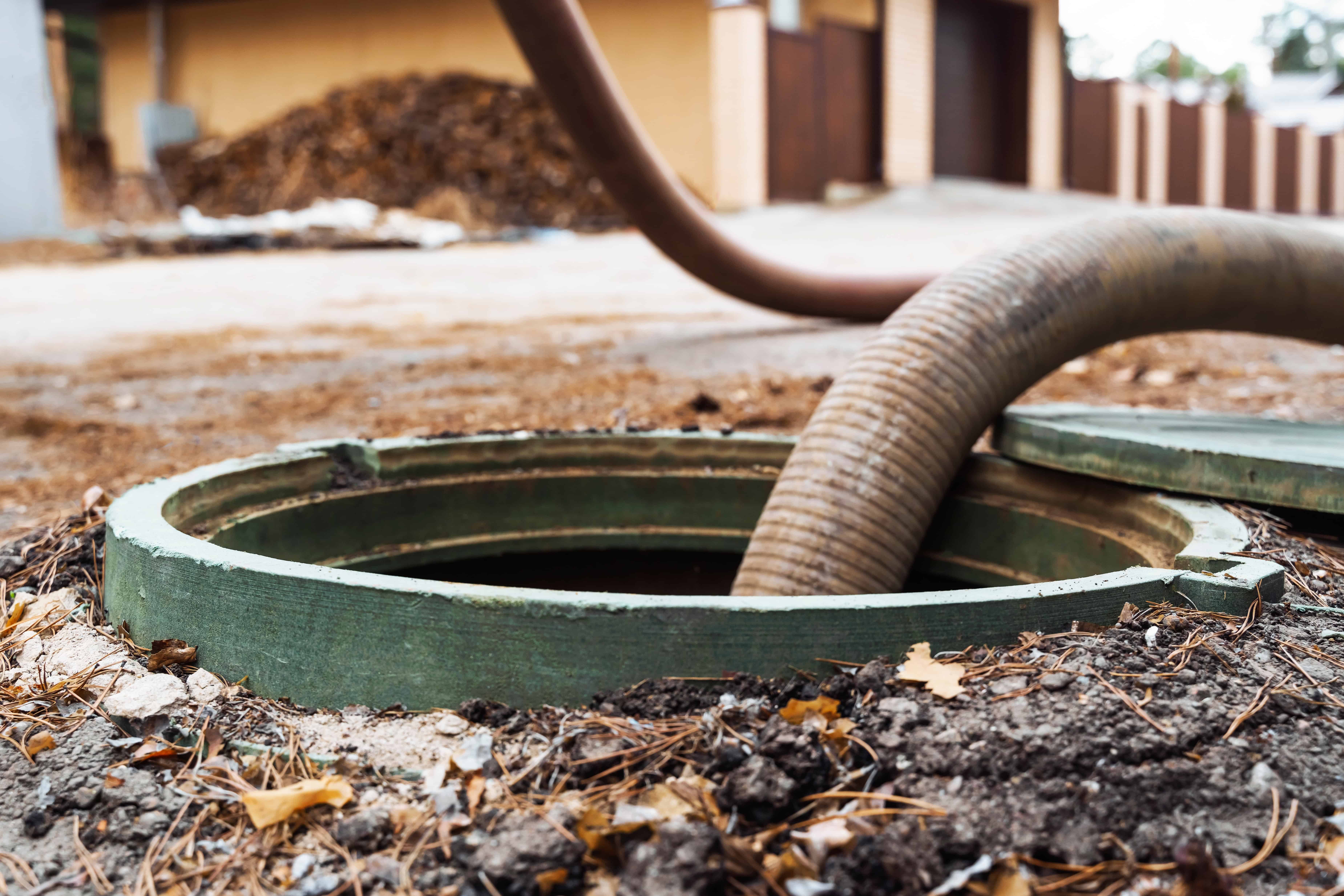
Hear from Our Customers
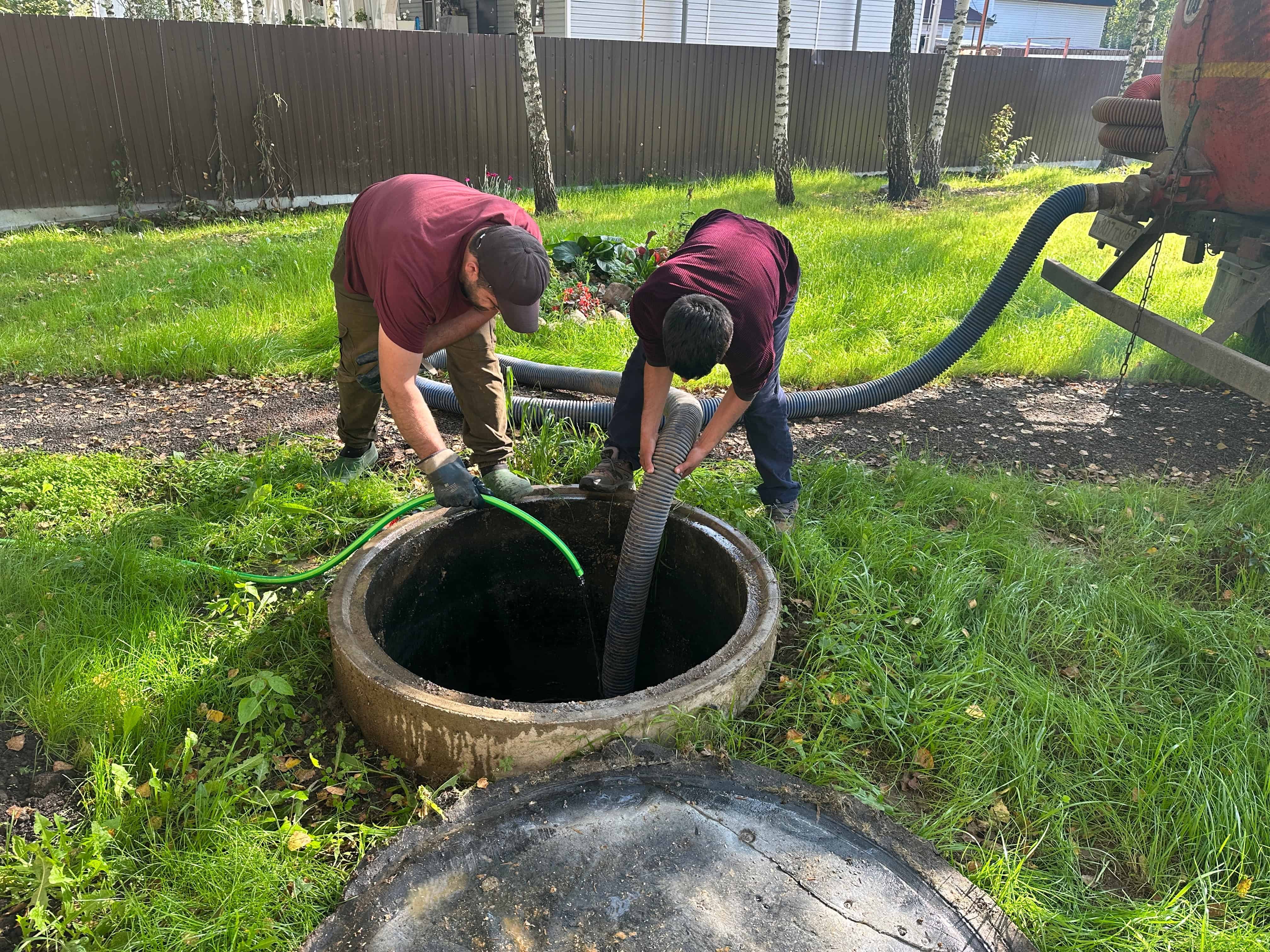
Your septic system works behind the scenes until it doesn’t. When you stay ahead of pumping schedules, you avoid the nightmare scenarios that cost thousands and disrupt your life for weeks.
Regular septic tank pumping prevents sewage backups in your home, eliminates foul odors around your property, and stops groundwater contamination that can affect your entire neighborhood. You get peace of mind knowing your system won’t fail during a dinner party or family gathering.
Most importantly, you protect your property investment. A well-maintained septic system adds value to your home, while a failed system can derail a sale or cost you tens of thousands in emergency repairs and soil remediation.
We’ve been handling septic systems throughout Shinnecock Hills and the surrounding areas for years. We understand how the local soil conditions affect pumping schedules and what signs to watch for in this area.
You’re not getting a fly-by-night operation or someone learning on your property. Our team is licensed, insured, and equipped with modern pumping trucks that get the job done efficiently without tearing up your landscaping.
We’ve seen what happens when homeowners wait too long or hire the wrong company. That’s why we focus on doing the work right the first time and giving you straight answers about what your system actually needs.
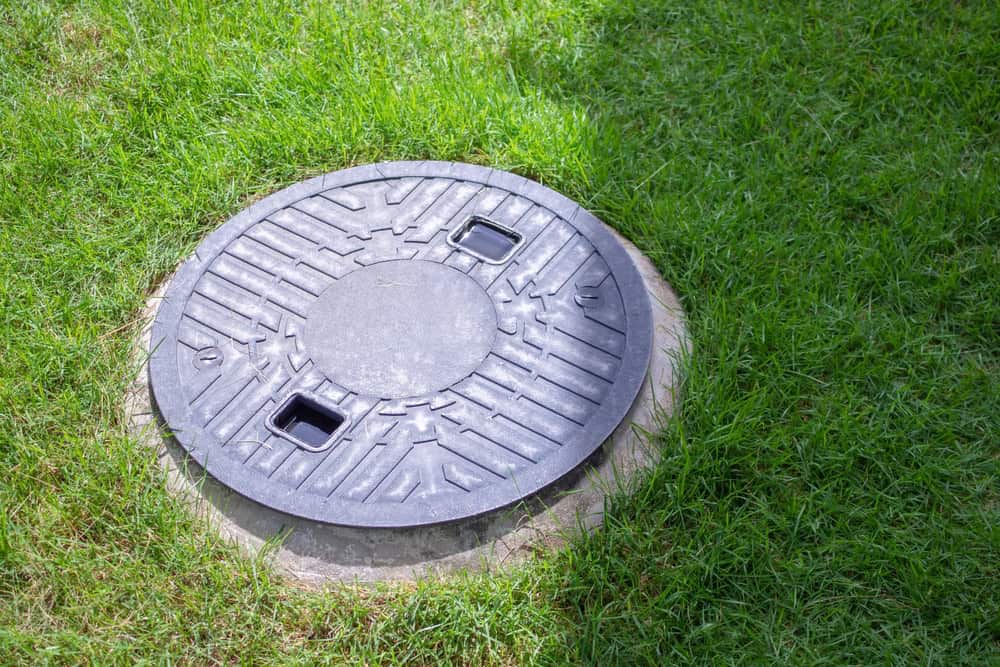
We start by locating and accessing your septic tank, then inspect the condition of your system before pumping begins. Our truck removes all liquid and solid waste from the tank, and we check the inlet and outlet baffles for damage or blockages.
During pumping, we examine the tank walls and components for cracks, corrosion, or other issues that could cause problems later. If we spot anything concerning, we’ll explain what we found and what it means for your system’s future performance.
After pumping is complete, we provide you with a clear report of our findings and recommendations for your next service interval. Most residential systems in this area need pumping every 2-4 years, but we’ll give you a realistic timeline based on your household size and actual usage patterns.
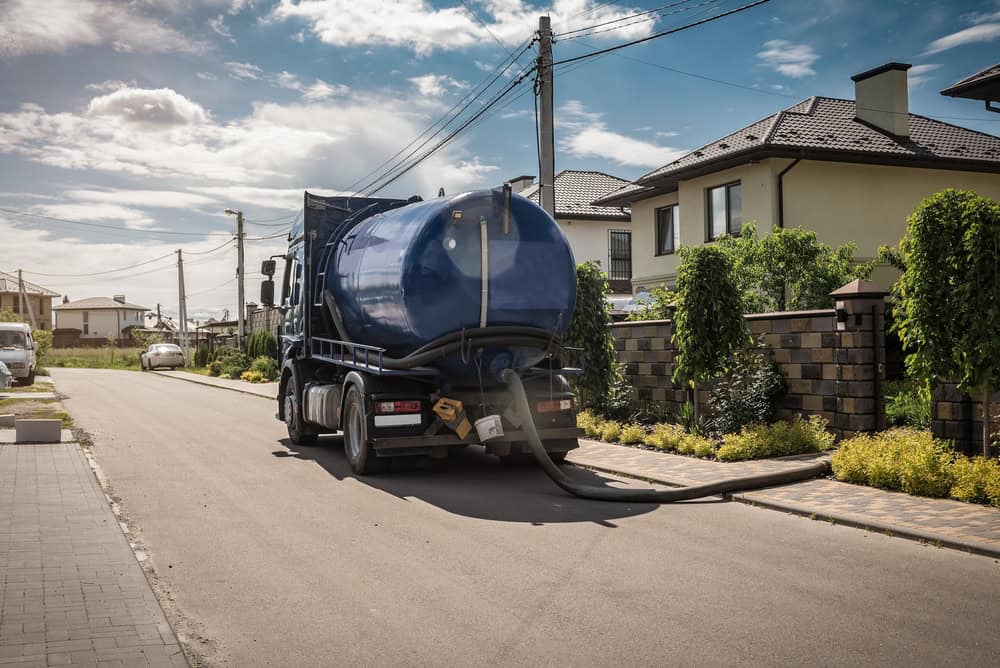
Ready to get started?
Every septic tank pumping includes complete removal of accumulated solids and liquids, thorough inspection of tank components, and a detailed report of your system’s condition. We don’t just pump and leave – we make sure you understand what we found and when you’ll need service again.
Our service includes proper disposal of waste materials at licensed treatment facilities, so you don’t have to worry about environmental compliance. We also check for common issues like damaged baffles, cracked tank walls, or signs of groundwater infiltration that could indicate bigger problems.
You get honest recommendations about your system’s condition and realistic timelines for future maintenance. We’re not trying to sell you services you don’t need, but we will flag potential issues before they become expensive emergencies that could have been prevented with proper attention.
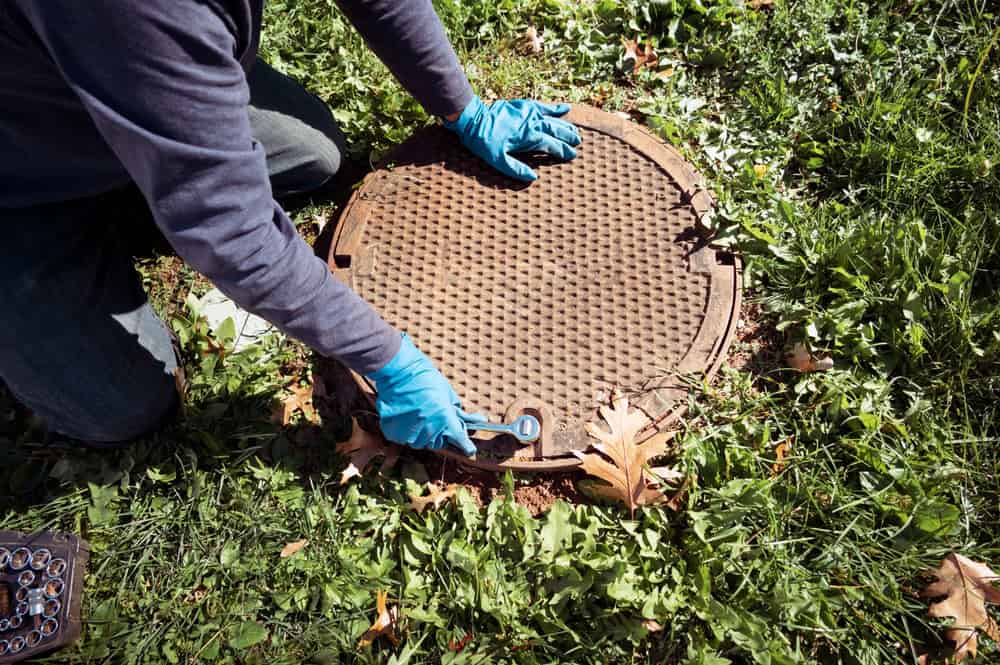
Don’t let cesspool issues disrupt your day. Reach out now for a free estimate and expert service.
©2025 Quality Cesspool All Rights Reserved. SEO Company NYC – Web Design & SEO by Hozio